The recent controversy surrounding the Desert Biennale in Dubai has reignited a heated global debate: can petrodollars truly purchase cultural influence? As Gulf nations increasingly leverage their vast wealth to establish themselves as players in the international art world, critics question whether these efforts represent genuine cultural exchange or merely sophisticated reputation laundering.
At the heart of the dispute lies the second edition of the Desert Biennale, funded primarily by Dubai's royal family and various state-affiliated entities. The event, which bills itself as "a platform for intercultural dialogue in the Global South," has drawn mixed reactions from the international art community. While some praise its ambitious programming and lavish installations, others dismiss it as an exercise in "artwashing" - using cultural investments to divert attention from human rights concerns and environmental degradation caused by oil dependence.
The biennale's staggering budget - estimated at $50 million - has become a lightning rod for criticism. This sum dwarfs the operating budgets of established Western biennales like Venice or Documenta. "There's something grotesque about seeing climate-conscious artists flown in on private jets to create installations about sustainability in the middle of an oil-funded spectacle," remarked one anonymous curator who declined participation.
Yet supporters argue that Gulf cultural investments should be judged on their own terms. "The West has dominated cultural discourse for centuries," says Emirati art historian Dr. Layla Al-Mansoori. "When new players emerge with different value systems and resources, the immediate reaction is skepticism rather than engagement. This reveals more about Western insecurity than Gulf intentions."
The programming itself presents contradictions. While featuring progressive works addressing migration and indigenous rights, the biennale simultaneously celebrates the very hydrocarbon economy that contributes to these global crises. A particularly contentious installation by a European artist - a mirrored labyrinth meant to represent oil's distorting effects on society - was sponsored by the national oil company.
Labor conditions behind the scenes have also drawn scrutiny. Reports suggest migrant workers employed in construction faced grueling conditions in 50-degree heat, despite the event's stated commitment to "ethical cultural production." When pressed on these allegations, biennale organizers pointed to their compliance with UAE labor laws, which activists describe as woefully inadequate.
The debate extends beyond Dubai. Across the Gulf, cultural districts are mushrooming at breakneck speed - from Abu Dhabi's Louvre and Guggenheim satellites to Saudi Arabia's ambitious AlUla project. These developments raise fundamental questions about whether cultural influence can be fast-tracked through financial might alone, or whether it requires organic development over generations.
"There's a transactional quality to these initiatives that's hard to ignore," observes New York-based art critic Miranda West. "Museums typically evolve from local collections and communities. Here, we're seeing entire cultural ecosystems imported wholesale, complete with Western architects, curators and artists. It feels more like commissioning a luxury development than nurturing homegrown creativity."
Proponents counter that all cultural centers were once newcomers to the scene. "Florence wasn't built in a day," argues Sheikh Khalid bin Sultan, a member of Dubai's ruling family and biennale patron. "The Medici didn't apologize for using banking wealth to fund the Renaissance. Why should we?"
The participation of Western art stars has added fuel to the fire. Several high-profile artists who previously boycotted Gulf events over human rights concerns appeared at this year's biennale, citing "the importance of dialogue." Their critics see hypocrisy in accepting seven-figure commissions while claiming progressive values.
Meanwhile, regional artists express mixed feelings. Some welcome the opportunities these investments create, while others fear being overshadowed by imported talent. "We're treated like local color rather than equals in the conversation," confided one Emirati painter, requesting anonymity. "The message seems to be: your culture is worth celebrating, but only when filtered through Western-approved aesthetics."
The environmental impact of such mega-events in fragile desert ecosystems presents another layer of contradiction. Despite sustainability pledges, the carbon footprint of shipping artworks, constructing temporary pavilions, and accommodating thousands of visitors in a water-scarce region undermines the biennale's ecological messaging.
As the art world grapples with these tensions, the Desert Biennale controversy reflects broader geopolitical shifts. The Gulf's cultural offensive mirrors China's earlier strategy of using soft power investments to reshape its global image. Whether this approach can achieve lasting cultural legitimacy remains uncertain.
What emerges clearly is that traditional cultural hierarchies are being challenged. The biennale's very existence asserts that the Global South need not wait for Western validation to create its own platforms. Yet the reliance on Western artists, curators and institutional models suggests this assertion of independence remains incomplete.
Ultimately, the Desert Biennale may be asking the wrong question. Rather than debating whether oil money can buy cultural influence - clearly it can, to some extent - we might better examine what kind of influence it's buying, and at what cost to both local communities and global cultural ecosystems.
As the art world becomes increasingly entangled with geopolitical ambitions and corporate interests, the Dubai controversy serves as a case study in the complex interplay between money, power and cultural authenticity in the 21st century. The answers, like the desert sands, remain shifting and elusive.

By /Jun 26, 2025
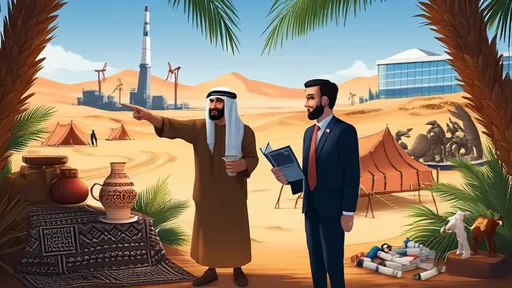
By /Jun 26, 2025

By /Jun 26, 2025

By /Jun 26, 2025
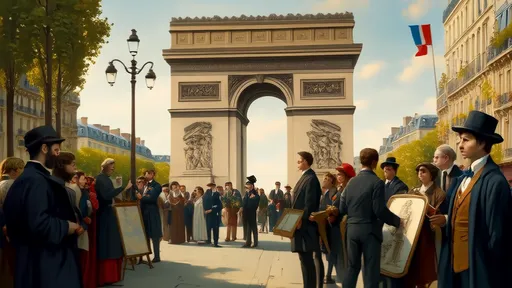
By /Jun 26, 2025

By /Jun 26, 2025
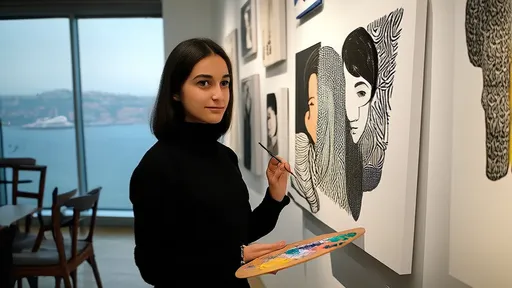
By /Jun 26, 2025
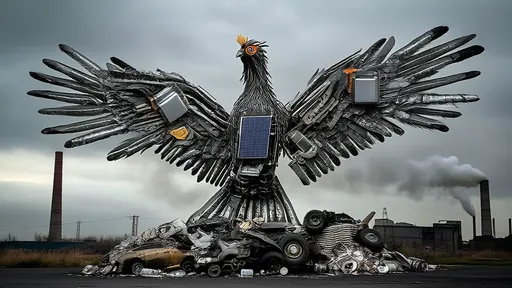
By /Jun 26, 2025

By /Jun 26, 2025
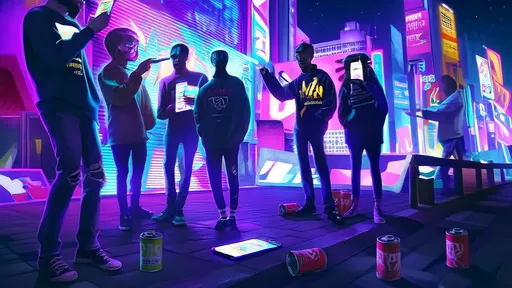
By /Jun 26, 2025
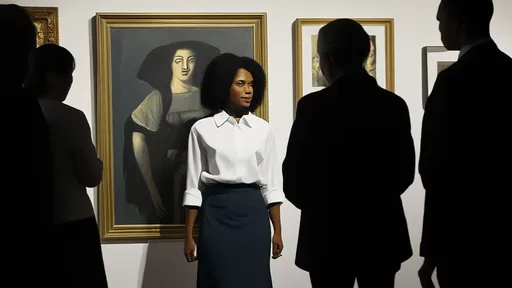
By /Jun 26, 2025
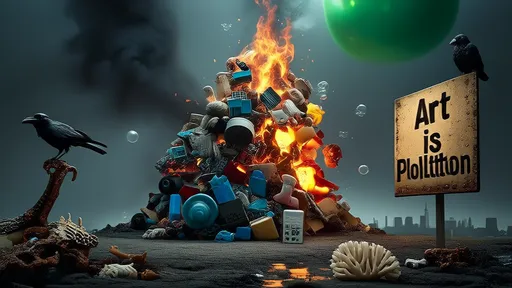
By /Jun 26, 2025
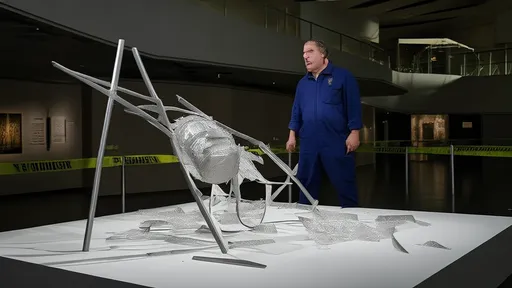
By /Jun 26, 2025
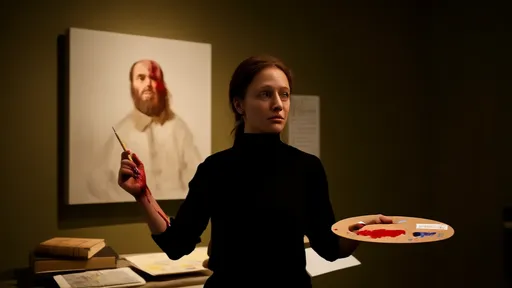
By /Jun 26, 2025
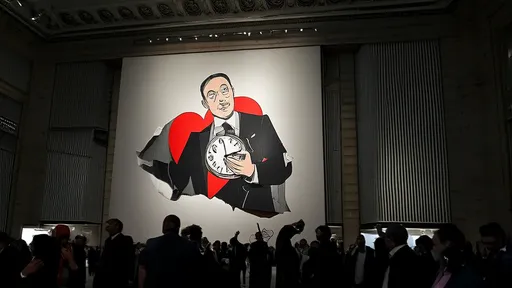
By /Jun 26, 2025
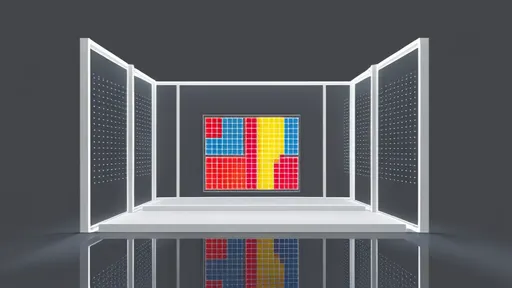
By /Jun 26, 2025

By /Jun 26, 2025